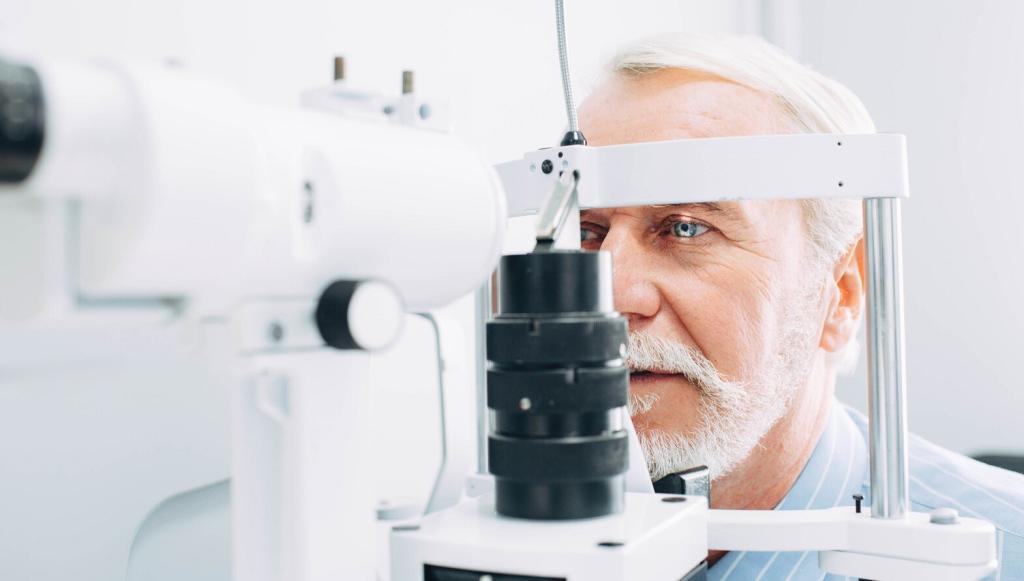People with diabetes often experience diabetic retinopathy, a complication of diabetes when changes in the eye’s retina begin to occur, vision is suddenly impaired, and quality of life deteriorates. How to identify and treat this disease promptly?
Damages the Retina
According to the World Health Organization, the incidence of diabetes has increased dramatically in recent decades. Globally, more than 422 million people have diabetes. In this disease and the lack of oxygen in the eye’s blood vessels, the tiny capillaries of the eye’s retina are damaged. As diabetic retinopathy progresses, in front of the retina (in front of it and in the layer of nerve cells at the base of the eye), new, incomplete blood vessels begin to form.
There are two types of diabetic retinopathy: non-proliferative when the formation of defective blood vessels is not possible, and proliferative, when the number of unhealthy blood vessels increases, the retina swells, and a macula degenerates.
According to Lilija Socevičienė, an ophthalmologist at the Lirema Eye Clinic, as the number of such structures increases, retinal detachment or vitreous bruising may occur when blood enters the inside of the eye, and the vitreous becomes cloudy.
“In this case, the patient may complain of poor eyesight, black spots in the eyes, and sometimes even blindness. In such a visual condition, microsurgeons first advise applying painless laser treatment (photocoagulation). If the treatment does not help, then a vitrectomy – vitreous removal – operation is performed,” says the doctor.
The Symptoms Are Insignificant
In the beginning, diabetic retinopathy is asymptomatic, and the patient does not have any complaints. But, according to the microsurgeon, the disease can be caused by high blood glucose and cholesterol, kidney problems or high blood pressure, and high intraocular pressure.
“It’s a dangerous disease because a person often doesn’t feel it until vision is completely impaired. After all, until you feel good, there doesn’t seem to be a point in checking eye pressure or the bottom of your eye, but that’s the biggest mistake. In case of illness and its complications, microsurgeons can help and preserve vision only when it is diagnosed early enough,” the doctor explains.
According to L. Socevičienė, genetic factors also influence the disease. For example, if there are relatives in the family who are resistant to high blood glucose, the family members will also be more resistant to diabetic retinopathy. But in the same way, if someone has a predisposition, other family members can get sick, and the disease can progress faster.
Prevention is Necessary
Regular physical activity, a healthy diet, maintaining an average body weight, and quitting tobacco and alcohol are the main ways to prevent diabetes or stop diabetic retinopathy.
“If a patient already has diabetes, the most important thing is to control it, thus reducing the chances of eye disease complications. It is important to constantly monitor your blood pressure and treat it if it rises. From the age of 40, it is obligatory to measure intraocular pressure and visit the ophthalmologist regularly every year,” says L. Socevičienė.
On the first arrival, during the consultation, the doctor examines the eyes, dilates the pupils and assesses the eye’s fundus. Then, to check the condition of the retina, a specialist performs an optical coherent retinal tomography. According to the eye health condition, after the doctor decides the examinations, the patient must schedule a visit the following year, or half a year later, or visit every three years.
“With extensive vision tests and times of diligent prophylactic visitation, diabetic retinopathy can be diagnosed promptly and good vision maintained until a respectable age,” concludes the microsurgeon.
